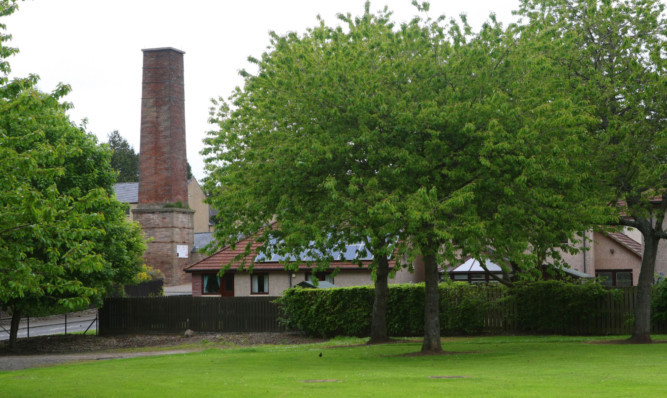An investigation is to be launched into contaminated land under homes and play parks in Dundee.
Drumgeith Park and Mill o’ Mains Park are just two of the sites that will be analysed as part of the probe which is also monitoring places thought to pose an asbestos risk.
Dundee City Council is to pump up to £100,000 into dealing with sites including playing fields, residential houses and former quarries left scarred by the city’s industrial past.
Cooling ponds associated with old jute mills, gas works underground, landfill sites and former petrol stations all have the potential to leave hazardous chemicals in the ground.
Kenny Kerr, head of environmental protection, said the council would be “continuing with the strategy of focusing investigations on sites that formerly held petroleum licences, areas of historically infilled land, and former industrial sites that are now residential, and may pose a potential risk to residents”.
He made the comments in a report to be considered by councillors on the environment committee.
Many of these sites, such as the former Charleston Quarry and the Dens Burn, which used to serve and power nearby mills, are no longer visible to the public eye.
However, the land below houses and development sites still bears the marks of historical pollution.
Labour’s environment spokesman Richard McCready said: “Part of the issue is that the record keeping and regulations in the 19th Century weren’t as good as today.
“There have been various bits of land brought back into use and some of them are residential sites.
“We are trying to ensure that places where people live and play are safe.
“A few of these places have had a bit of remedial work but the council are mainly checking for potential problems.”
Mr McCready said he was concerned there should be more engagement with communities about what is going on.
The often-flooded Drumgeith Park, sits alongside the former Midmill gas holder and is one of the suspected contaminated areas, while Mill o’ Mains Park is also to be investigated.
Councillor Brian Gordon said: “Mill o’ Mains has had a long history of contamination because there was a lot of land used for landfill in the ’60s.”
He added that some residents were concerned when they discovered boreholes in the football pitch that were connected to the investigations.
The Environmental Protection Act 1990 places a statutory duty upon local authorities to inspect land within its area for the purposes of identifying and remediating contaminated land, and investigations are being carried out across the city.
